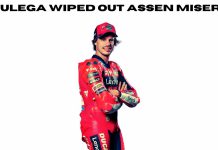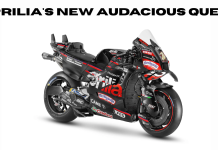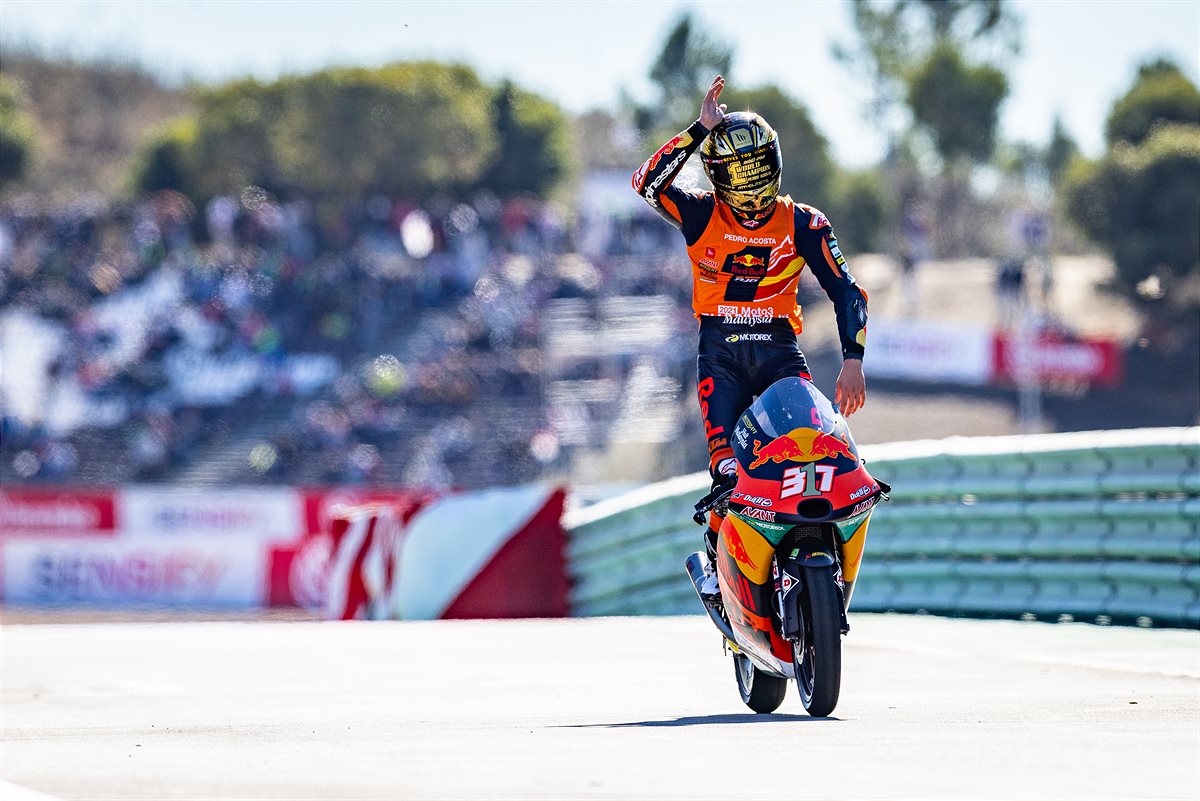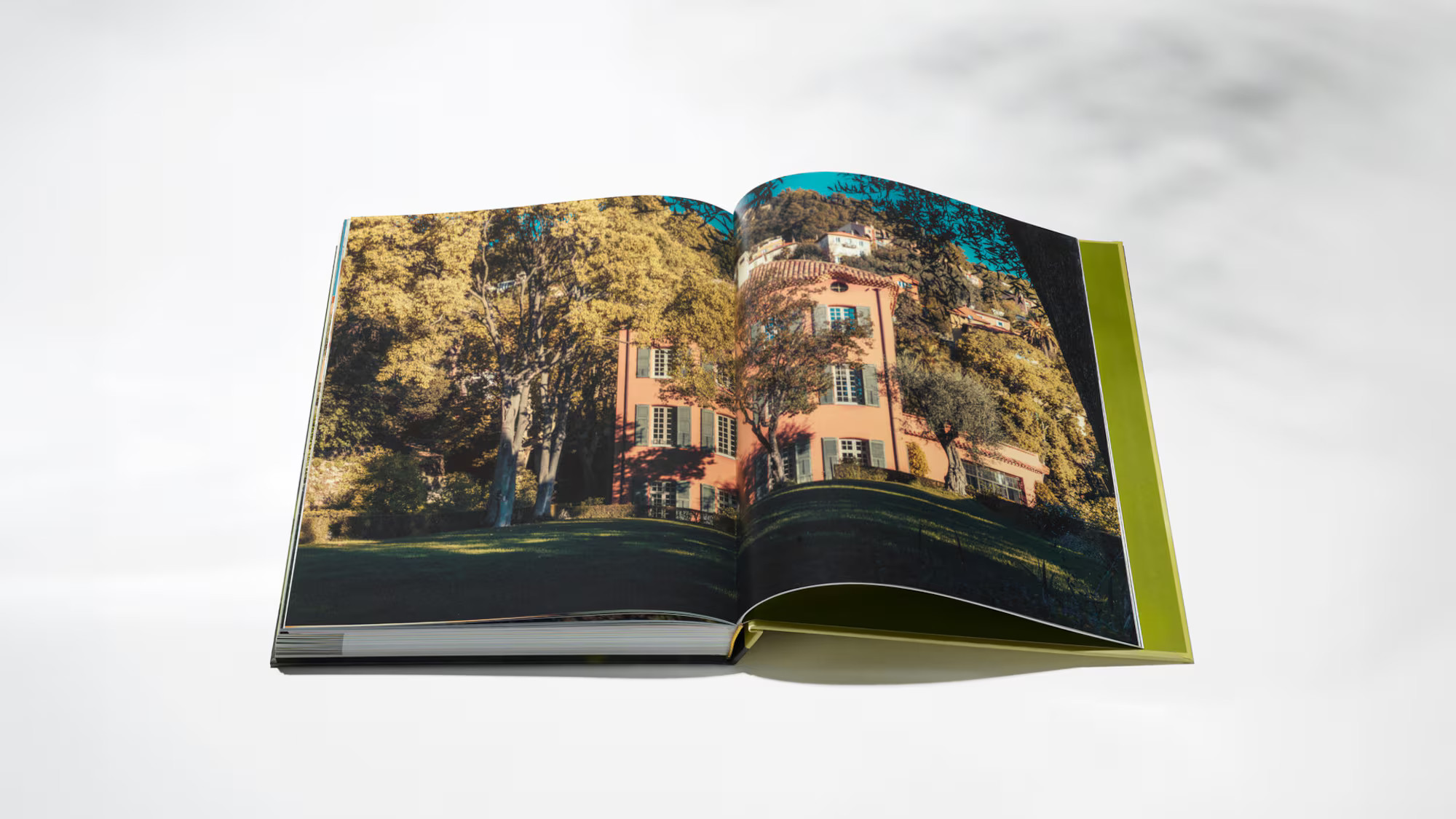Louis Vuitton, the world-renowned luxury brand, unveiled Louis Vuitton: A Perfume Atlas. This masterpiece celebrates the artistry of perfumery while providing a detailed look into its science.
At the heart of this publication is Master Perfumer Jacques Cavallier Belletrud. His expertise and experiences shape the pages, allowing readers to embark on a global journey.
Louis Vuitton, famed for its handbags and clothing, created an equally iconic line of fragrances. This book is the brand’s testament to its dedication to the olfactory world.
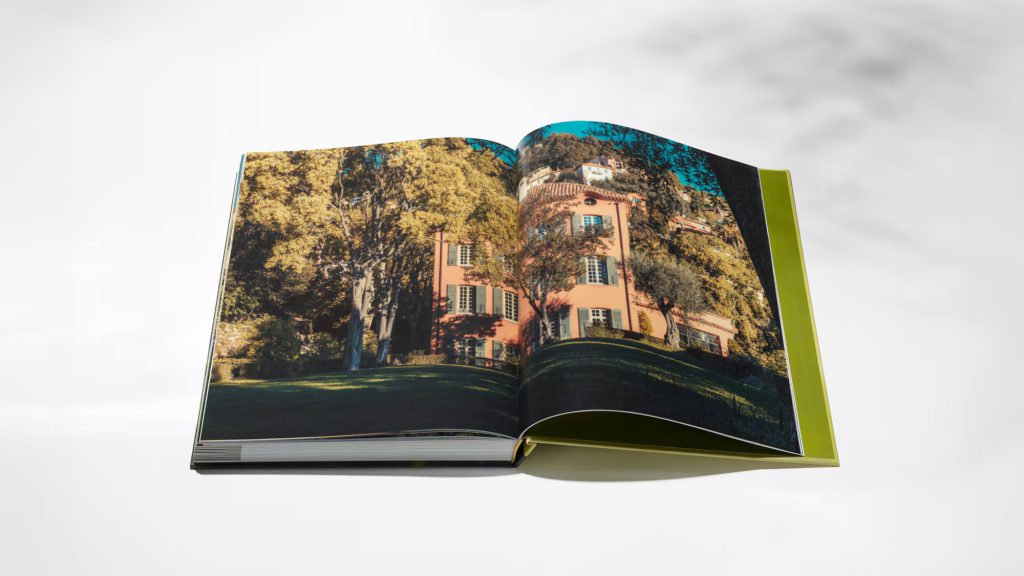
The Origins of the Perfume Atlas
Louis Vuitton, rooted in luxury craftsmanship, sought to expand its horizons. Perfumery became an integral part of this pursuit. Jacques Cavallier Belletrud, the genius behind Louis Vuitton’s iconic perfumes, takes center stage.
His lifelong passion for scent appears in this new publication. The 400-page Perfume Atlas serves as more than just a book—it’s an invitation. It invites readers to experience the sights, sounds, and smells of his journey.
This book marks a shift in how luxury brands showcase their process. Louis Vuitton chose to celebrate the intricate craftsmanship involved. With every page, Louis Vuitton: A Perfume Atlas delves deep into the journey of finding and sourcing the best ingredients.
The Perfume Atlas brings to life poetic and scientific aspects of perfumery. It’s about scents and the story behind each one. The book’s narrative, shaped by Lionel Paillès, educates while drawing readers into a world previously hidden from view.

A Journey Across the Globe
The journey within Louis Vuitton: A Perfume Atlas takes readers from the rose fields of Grasse to the oud-rich regions of Bangladesh. Every corner of the world offers something unique for the perfumer’s palette. The atlas serves as a map and guidebook, pointing out these unique places where perfumery magic happens.
For centuries, Grasse, France, remains the world’s perfume capital. The Rose de Mai, one of the most revered ingredients in luxury perfumery, grows here. Jacques Cavallier Belletrud’s connection to Grasse stays personal—he was born into a family of perfumers there. It’s no surprise Grasse plays a prominent role in this atlas. The book dives into the cultivation, harvesting, and distillation of the Rose de Mai.
In Bangladesh, the oud Assam remains equally prized, contributing to the mystique of luxury fragrances. The Perfume Atlas takes readers to the humid forests of Assam, where this precious wood grows. Oud, known for its deep, smoky aroma, gets extracted from the heartwood of agar trees. This ingredient, often more expensive than gold, adds unmistakable richness to fragrances.
The Perfume Atlas also guides readers through the citrus groves of Calabria, where bergamot gets harvested. This fruit’s refreshing zestiness plays a key role in creating many perfumes, balancing heavier scents like oud and musk. Bergamot’s journey from fruit to perfume bottle gets meticulously detailed, showing readers the level of precision involved in each step.

A Closer Look at the Savoir-Faire of Jacques Cavallier Belletrud
Jacques Cavallier Belletrud became the force behind Louis Vuitton’s perfume line since its revival in 2012. His understanding of ingredients remains unmatched. He sources raw materials and finds stories. Each ingredient in a Louis Vuitton perfume holds significance, chosen for its history and emotional resonance. In the Perfume Atlas, Jacques Cavallier Belletrud opens the door to his world of scents, revealing the thought process behind some of the most iconic fragrances in the brand’s collection.
The perfume creation process begins long before ingredients get distilled or blended. For Belletrud, it starts with discovery. The Perfume Atlas chronicles his quest for the best natural ingredients. Each chapter delves into his travels, highlighting his ability to transform raw materials into sophisticated luxury products. The care taken in sourcing ingredients showcases Belletrud’s mastery and the brand’s commitment to excellence.
Lionel Paillès, the author, brings Belletrud’s unique expertise to life. His detailed descriptions make the complex perfume-making process understandable and intriguing. The text blends technical knowledge with poetic flair, mirroring the duality of the perfumer’s work—both science and art.
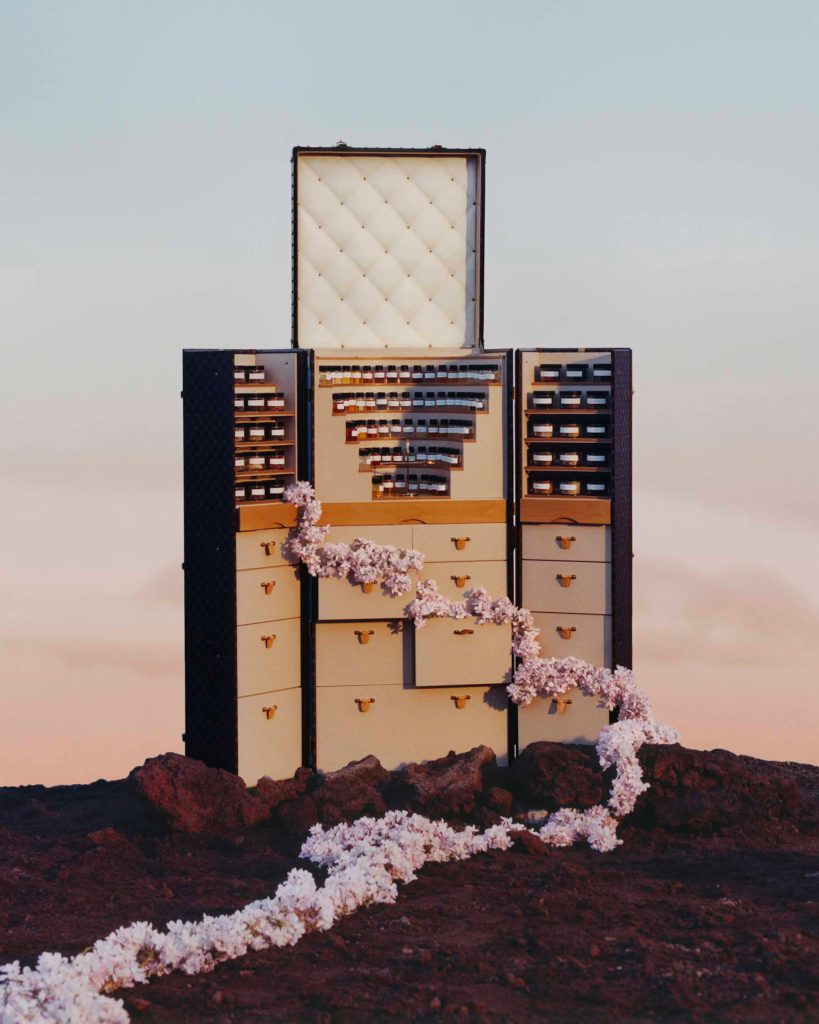
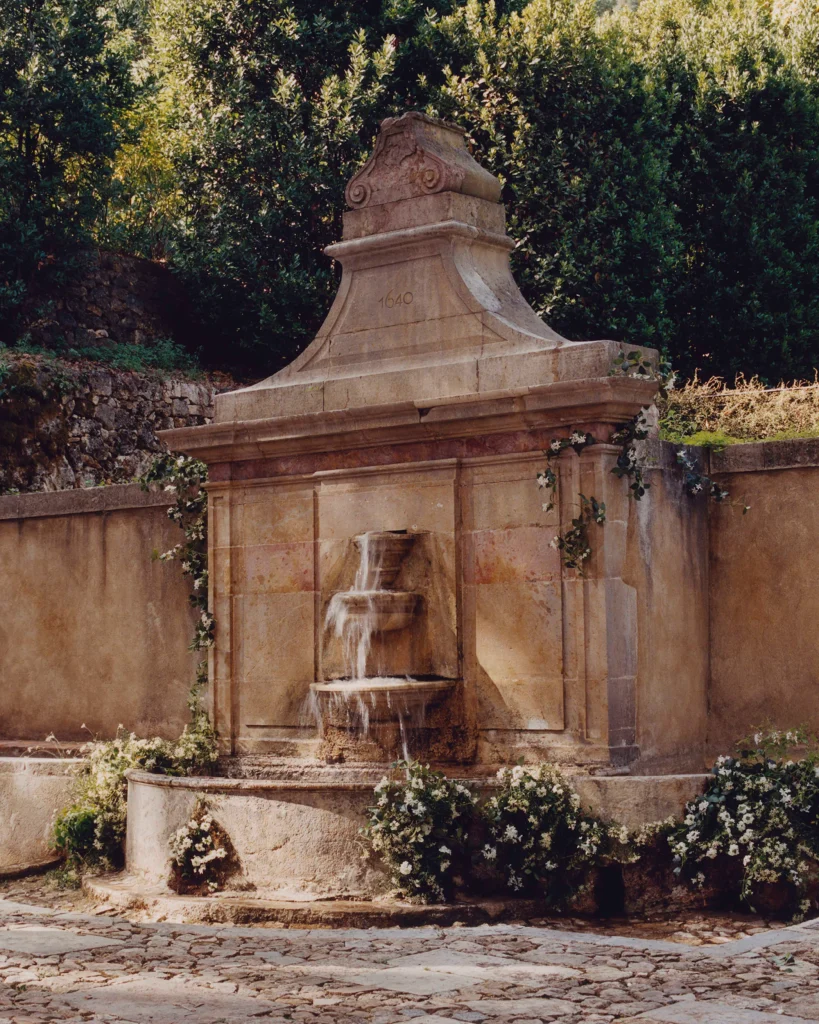
The Science Behind Fragrance Creation
Perfumery, at its core, remains an intricate science. Louis Vuitton: A Perfume Atlas explains the steps involved in transforming raw materials into perfumes. The book breaks down each step of the process, from harvesting to distillation. While readers might be familiar with the final product, the process itself stays often shrouded in mystery.
One of the standout elements of the Perfume Atlas remains its focus on the extraction techniques used for different ingredients. For instance, extracting oil from the Rose de Mai involves steam distillation, a method largely unchanged for centuries. Steam distillation captures the essence of the flower without damaging its delicate scent.
In contrast, oud extraction requires a different process entirely. Oud gets obtained through the distillation of resin produced by agar trees. The Perfume Atlas describes how only the oldest, infected trees produce the highest quality oud, which is why it remains so rare and valuable.
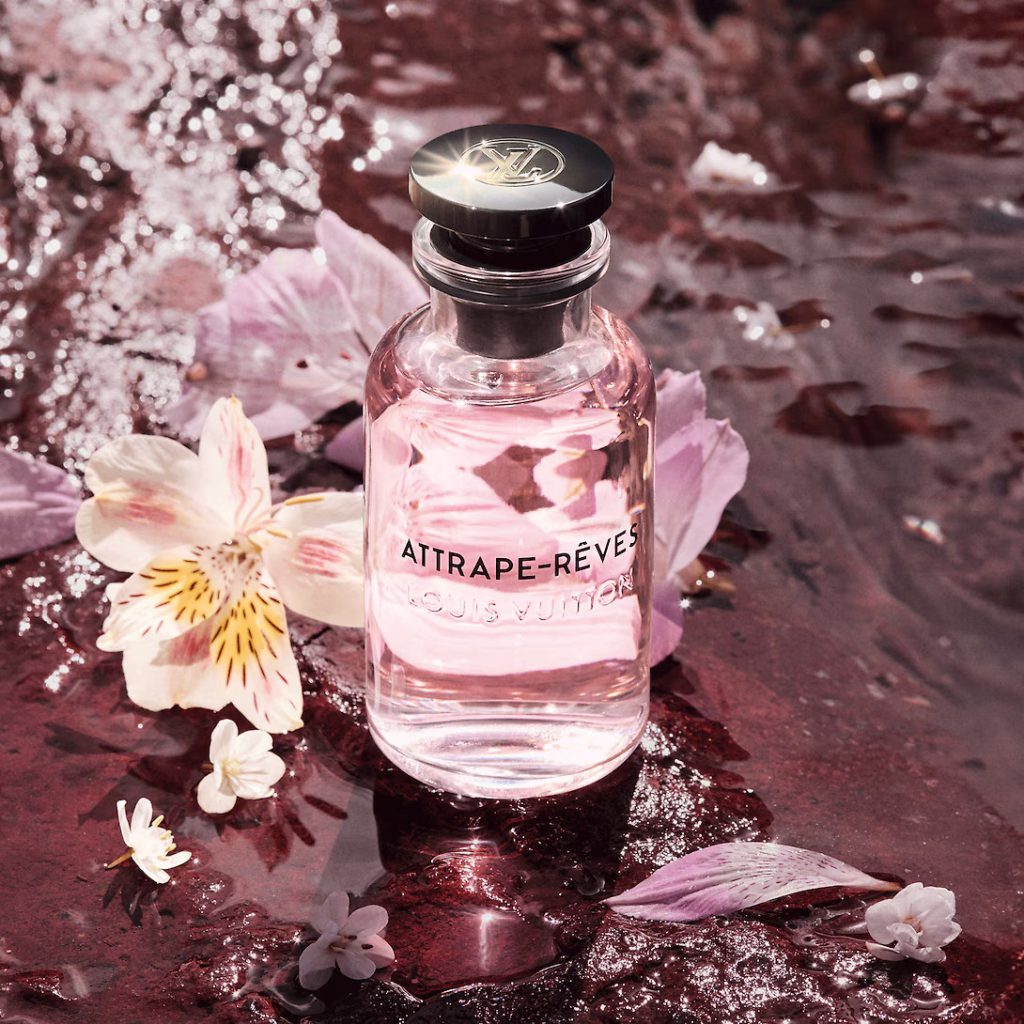
The Cultural and Historical Context of Perfumery
Perfumery is an ancient art steeped in cultural significance. Many of the ingredients used in Louis Vuitton’s perfumes hold a rich history, dating back centuries. The Perfume Atlas explores these cultural connections, showing readers each fragrance tells a story beyond the scent itself.
In the case of oud, the Perfume Atlas reveals this ingredient has been used in Middle Eastern cultures for millennia. Its deep, resinous scent gets long associated with luxury and spirituality. The book provides historical context, making the reader appreciate the cultural weight of each perfume ingredient.
Similarly, the Rose de Mai was cultivated in Grasse since the 16th century, its scent symbolizing elegance and refinement. The Perfume Atlas dives into the history of this region and explains why Grasse became the perfume capital of the world.
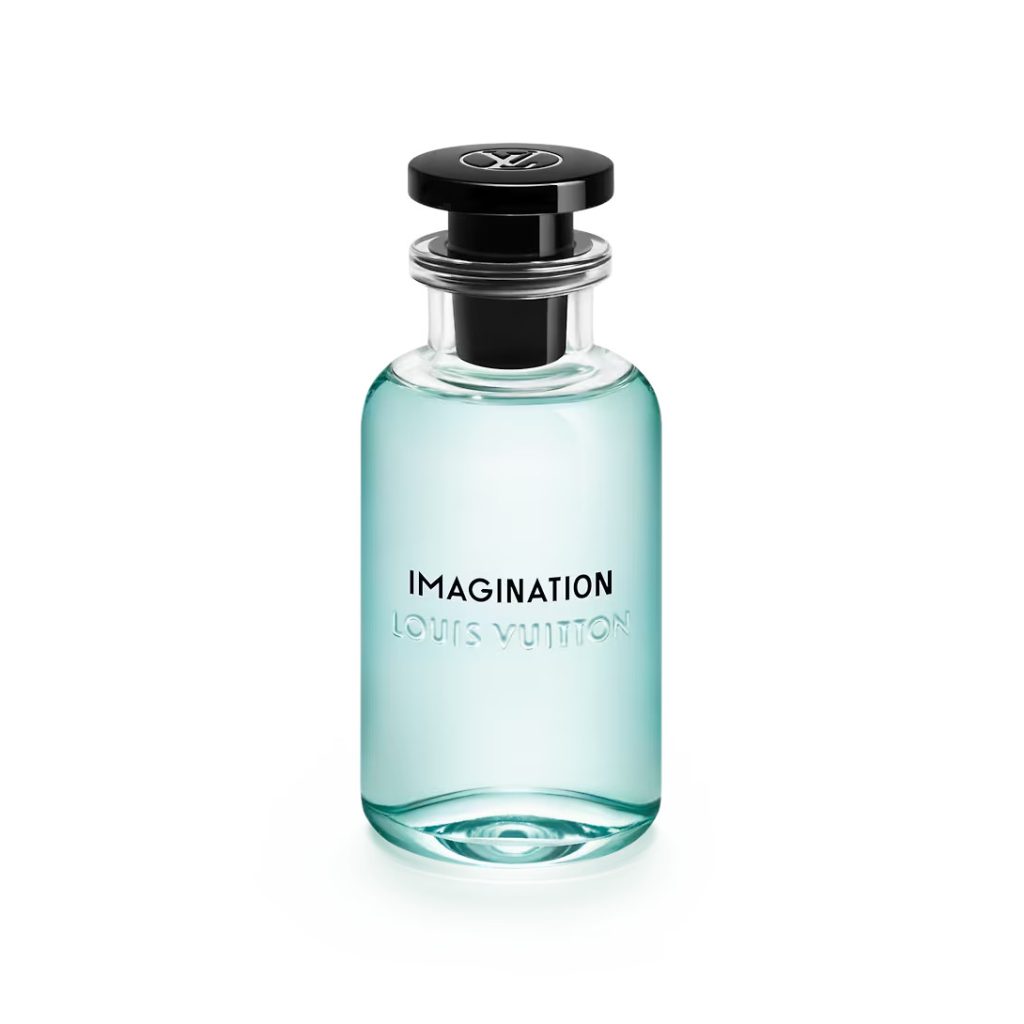
Visual Storytelling Through Art and Photography
While words tell the story of Louis Vuitton: A Perfume Atlas, visuals bring it to life. The book features illustrations by Aurore de la Morinerie and photographs by Sébastien Zanella, both of whom capture the essence of Belletrud’s world. The art complements the text, offering a sensory experience for readers.
Aurore de la Morinerie’s illustrations add an ethereal quality to the Perfume Atlas. Her watercolors evoke the delicate nature of perfume ingredients, while her abstract designs suggest the complexity of scent composition.
Sébastien Zanella’s photographs, on the other hand, ground the narrative in reality. His images of fields, flowers, and factories offer readers a behind-the-scenes look at the perfume-making process. Together, the illustrations and photographs provide a full sensory journey, aligning perfectly with the theme of the book.
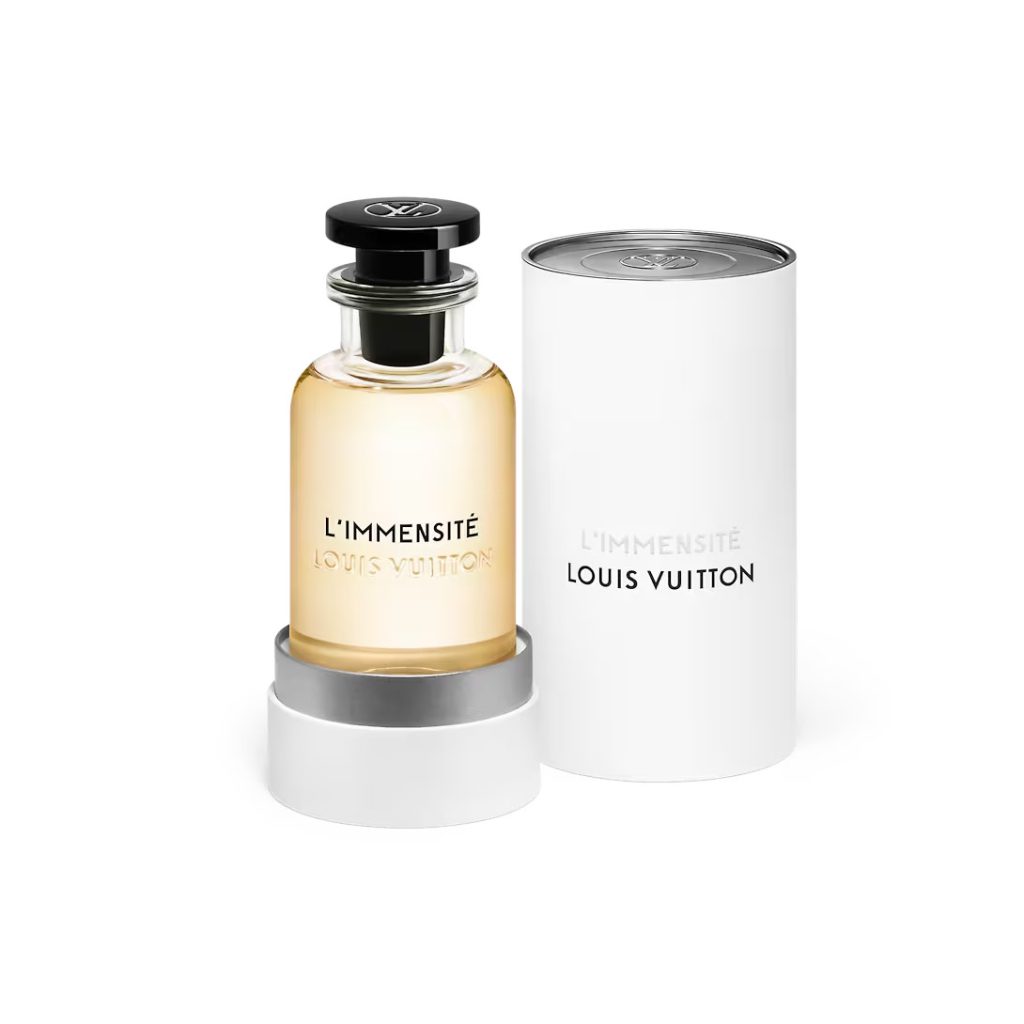
The Perfume Atlas Exclusive Set: An Immersive Experience
For true perfume connoisseurs, Louis Vuitton goes a step further. The Perfume Atlas Exclusive Set, a limited edition, accompanies the book. This set offers a deeper, immersive experience, including 45 vials of pure essences featured in the book.
These vials provide a hands-on way to experience the raw ingredients discussed in the Perfume Atlas. For instance, readers can open a vial of Rose de Mai essence while reading about its cultivation in Grasse. Each essence represents one of the key ingredients used in Louis Vuitton’s iconic perfumes, allowing readers to connect with the book on a multi-sensory level.
The Exclusive Set also includes an elegantly crafted case, designed to hold the vials in a way mirroring the luxurious nature of Louis Vuitton’s perfumes. This set remains a rare opportunity to experience the craftsmanship of Jacques Cavallier Belletrud in a tactile, olfactory way.
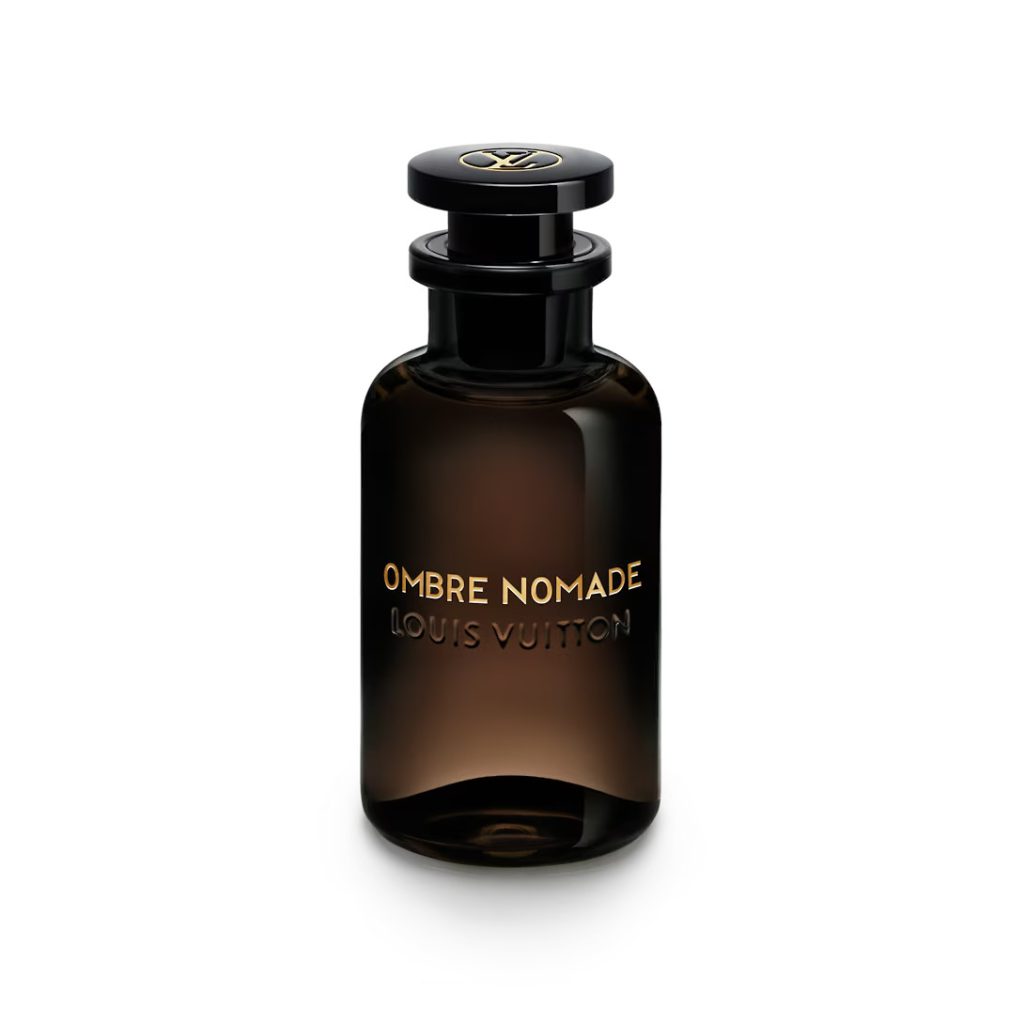
The Importance of Sustainability in Modern Perfumery
In today’s world, sustainability serves as a key concern for luxury brands. Louis Vuitton shied away from addressing this in the Perfume Atlas. The brand emphasizes the importance of sourcing ingredients sustainably. This involves finding the best raw materials while respecting the environment and local communities.
For instance, the Rose de Mai farms in Grasse adhere to strict sustainability standards. The farmers work closely with Louis Vuitton to ensure the land doesn’t get overharvested. Similarly, sourcing oud in Bangladesh takes into account the endangered status of agar trees, with efforts made to promote sustainable harvesting.
The Perfume Atlas dedicates several chapters to discussing these sustainability initiatives, showing how luxury brands like Louis Vuitton can lead the way in ethical sourcing.
Conclusion: A Masterpiece in Luxury Perfumery
Louis Vuitton: A Perfume Atlas is an experience. It offers a rare glimpse into the world of luxury perfumery, revealing the artistry and science behind every bottle. Jacques Cavallier Belletrud’s expertise and dedication shine through on every page, supported by the rich storytelling of Lionel Paillès, the ethereal illustrations of Aurore de la Morinerie, and the evocative photography of Sébastien Zanella.
For readers looking to understand the world of luxury perfumery, the Perfume Atlas offers unparalleled insight. It celebrates craftsmanship, culture, and sustainability, making it a must-read for anyone passionate about the art of scent.
Read Also

